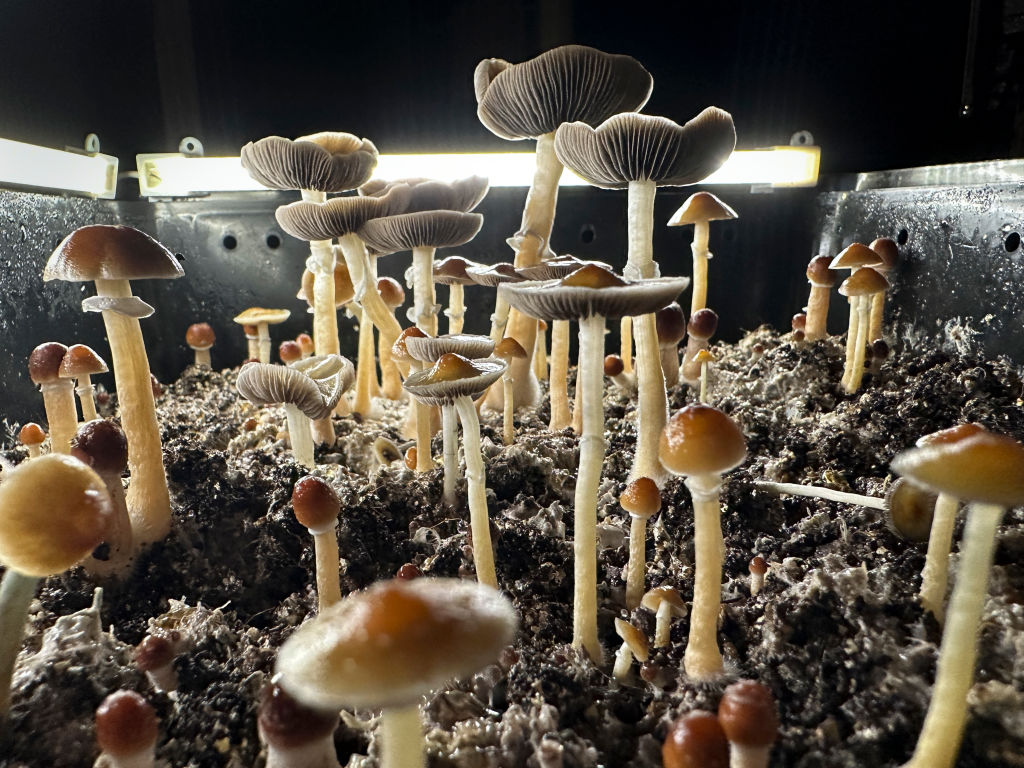Citizen scientists in southern Africa have discovered two new species of mushrooms. Researchers identified the mushrooms, now named Psilocybe ingeli and Psilocybe maluti, as members of the genus Psilocybe, which is known to contain the hallucinogenic compound psilocybin.
Psilocybe maluti is especially notable because it is the first documented hallucinogenic mushroom used traditionally in Africa. This may also shed new light on the history and cultural significance of psychedelic mushrooms across the continent.
Traditional healers of the Basotho have suggested that many years of using Psilocybe maluti have been used in healing ceremonies.
The actual usage is not quite clear, but it is supposed to contain chemicals of a psychoactive nature that change the state of consciousness.
Citizen scientists play an essential role in scientific discovery, most notably mycology.
As a result, a citizen scientist can cover more areas and report a surprising number of new world records compared to professional researchers, who are spread out over a more prominent geographical location.
Indeed, these two new species of psilocybin mushrooms even further affirm the need for citizen science to contribute to our understanding of the natural world.
That aside, it reveals how Africa may have secret treasures in at least mycology and other scientific areas.
One of the newest and most exciting treatments is psilocybin therapy, a hallucinogenic chemical found in some mushrooms.
According to research published to date, psilocybin holds enormous potential for application in the treatment of such mental health disorders as depression, anxiety, and addiction.
Such treatment is usually conducted in a controlled environment under the administration of a trained therapist who provides the patient with psilocybin and guides him through the ensuing experience.
The patient can produce hallucinations, altered perceptions, and intense emotional experiences. The therapist helps the patient use these experiences.Psilocybin therapy is a possible new mental health condition treatment.
With that said, psilocybin is a hallucinogenic drug and has side effects. Psilocybin therapy should be used only with therapy supervision.
Also Read: Mushroom Roots: New Resource for Construction, Fashion
These two new species of psilocybin mushrooms could make breakthrough differences in psilocybin research. Currently, scientists are studying psilocybin for potential treatment of various mental health conditions.
These new species could give researchers an insight into the mechanisms of action of psilocybin, leading to the development of new psilocybin-based therapies.
Because of the strong effect of psilocybin, research related to it needed to be done with the most significant amount of care and ethical consideration possible.
Participants have to be thoughtfully selected based on their qualifications for treatment with psilocybin.
The therapy needs to be conducted by trained practitioners in a setting that allows the maximum control of events and the complete safety of all concerned.
The finding of two new species within the psilocybin mushrooms is significant to mycology.
If performed responsibly and ethically, it may be that such research could illuminate the history and cultural importance of psychedelic mushrooms within Africa and bring new initial findings within psilocybin research.
Very importantly, it needs to be performed safely and ethically.
Related article: El Niño Rains In California Spur Growth Of Mushrooms Lethal To Pets
Tags Mycologists, citizen scientists, Psilocybe Species, southern Africa, Pastures
© 2024 NatureWorldNews.com All rights reserved. Do not reproduce without permission. ![]()
Two New Species of Psilocybe ‘Magic Mushrooms’ Unearthed in Southern Africa – Nature World News
